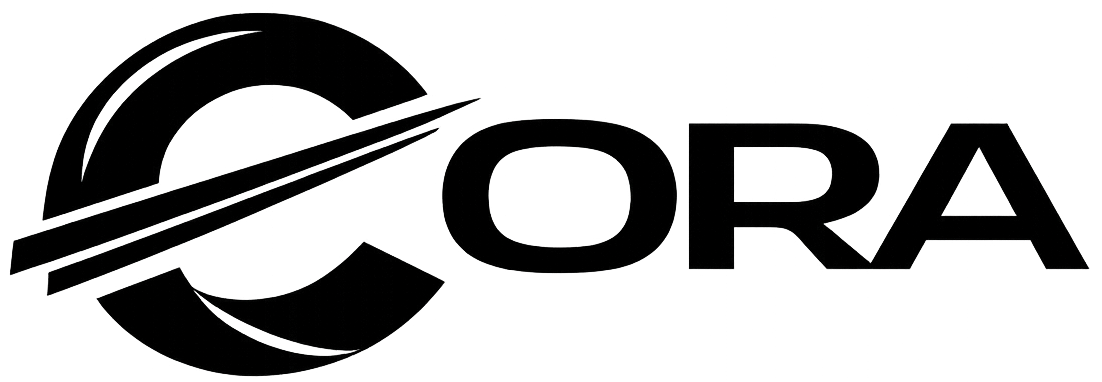Search within the "Journal for Occultation Astronomy" Index
JOA Volumes
| 2011 | 2012 | 2013 | 2014 | 2015 | 2016 | 2017 | 2018 | 2019 | 2020 | 2021 | 2022 | 2023 | 2024 | 2025 | 2026 |
Comet 29P/Schwassmann-Wachmann 1: The Appulse of 2020 December 8 and Future Prospects for Stellar Occultations, 2021–2029
JOA 2021, Vol. 11, No. 3, Page 3 Author(s): Richard Miles, Mike KretlowAbstract: The stellar occultation method is a particularly powerful tool for probing the nature of distant solar system objects. Here we report a single observation of a close appulse of comet 29P/Schwasmann-Wachmann 1 to a 14 mag star that showed no significant deviation in the recorded light curve on a 2.25 s time resolution (corresponding to 27 km in projected distance of 29P/SW1). From that we conclude that no significant debris (with sufficient optical depth) existed within 500–1000 km of its nucleus for this specific observation. A new orbit solution has been derived from high-precision astrometry from images taken over a 12-yrs interval using 2.0 m aperture telescopes in Hawaii and Australia (currently 587 positions with a mean residual of ~0.10”). This orbit (together with that using the JPL Horizons ephemeris) has been used to predict two sets of stellar occultations involving 29P/SW1 through to end-2029. Of the 20 most favourable events, 7 take place within the space of 40 days, and four of these shadow paths cross North America. This unprecedented finding warrants a coordinated observing campaign during the crucial period, from 2022 December 19 to 2023 January 28.
